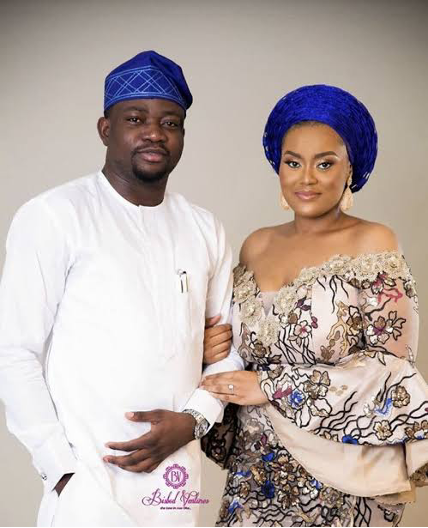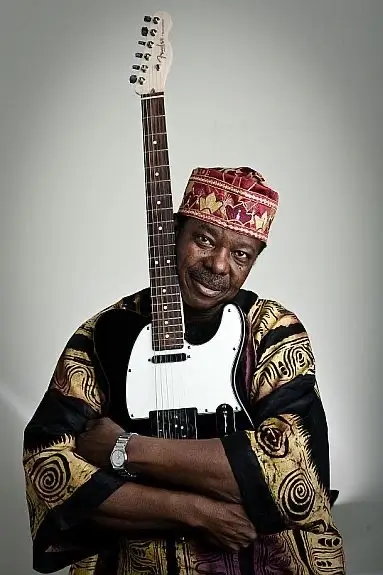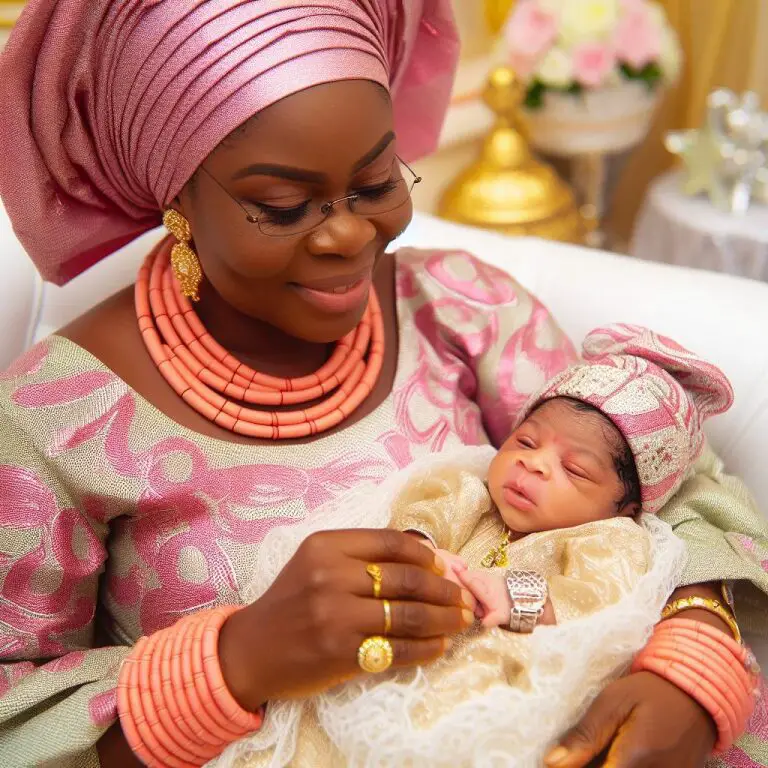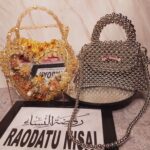DiscoverYoruba.com is your one-stop for embracing Yoruba culture, entertainment, and history unfolding.
Welcome back! In the previous post on Yorùbá Grammar, we explored the meaning of grammar, the rich literary heritage of the Yorùbá Language, the geographical area that it is spoken, those who speak the language, and common Yorùbá grammar rules such as the subject-verb-object structure, tense marking, use of pronouns, and a few other things. Now, let’s dive deeper into “Parts of Speech” and “Sentence Structure in Yorùbá.”
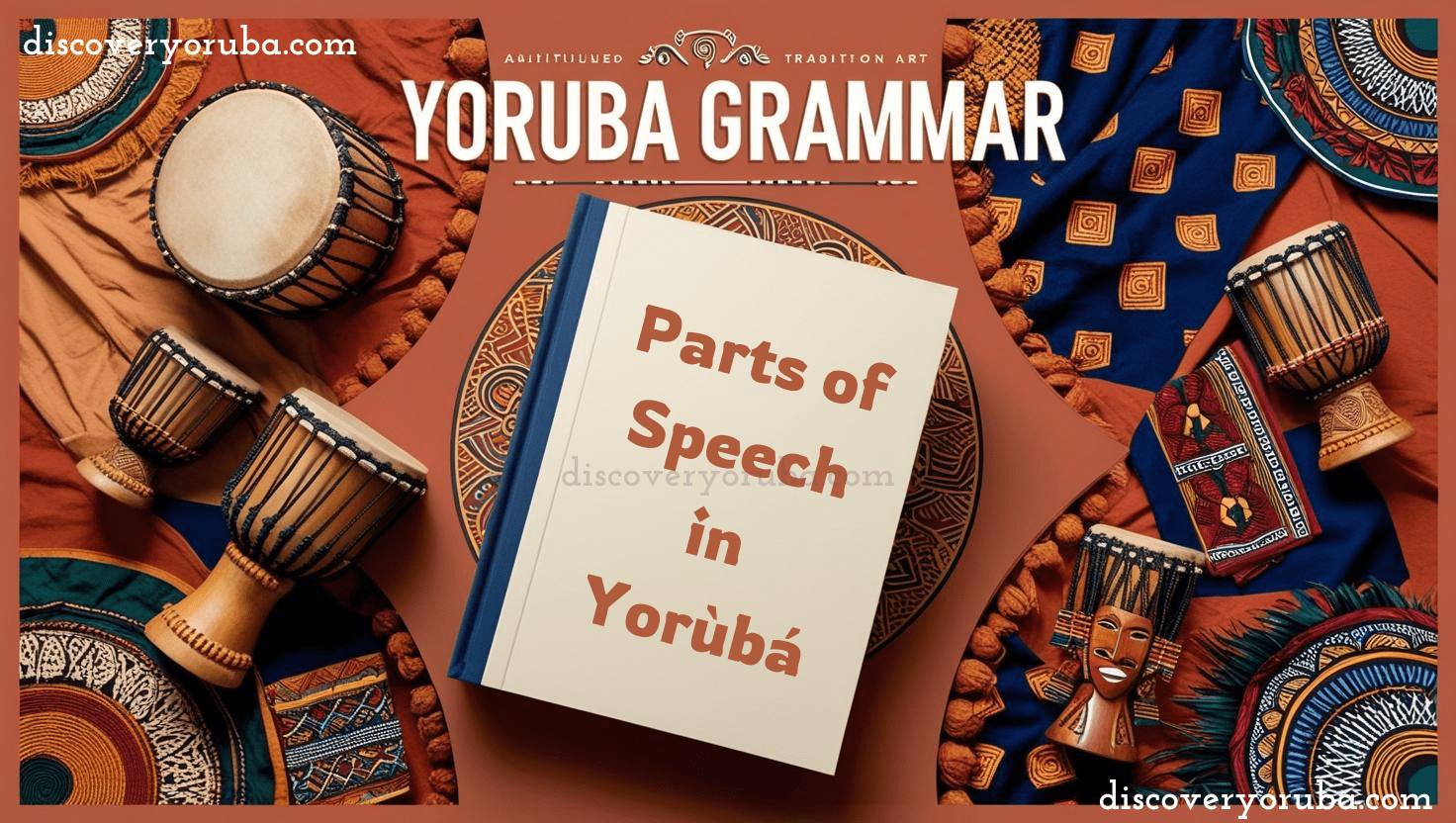
Parts of Speech in Yorùbá
Similar to English, Yorùbá grammar comprises different parts of speech that are essential for creating coherent sentences. There are eight parts of speech, which include: Noun (Ọrọ Orukọ), Pronoun (Arọpo Orukọ), Verb (Ọrọ Iṣe), Adjective (Ọrọ Apọnle), Adverb (Ọrọ Aṣapejuwe), Preposition (Ọrọ Asọtẹlẹ), Conjunction (Ọrọ Asopọ), and Interjection (Ọrọ Iṣiro).
1. NOUN (Ọrọ Orukọ)
A noun is the name of a person, animal, place, or thing. Examples include:
Bọla (a person’s name)
Ijapa (Tortoise)
Ile (house)
Omi (water)
Eko (Lagos)
Example: Bọla ni aja. (Bọla has a dog.)
2. PRONOUN (Ọrọ Arọpo Orukọ)
Pronouns are words that replace nouns in a sentence. Examples include:
Mo (I)
O (You)
Ó (He/She/It)
A (We)
Wọ́n (They)
Examples: Ó ni ile mẹta. (He has three houses.)
Mo fẹ́ jẹun. (I want to eat.)
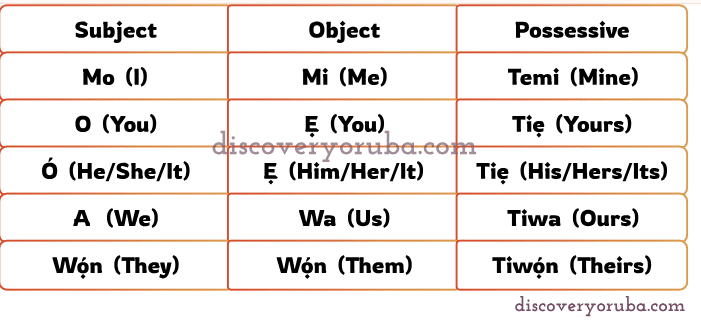
An Image showing the Pronouns in their Subject, Object and Possessive Positions in Yorùbá Grammar
3. VERB (Ọrọ Iṣe)
Verbs express action and describe activities. Examples include:
Jẹ (eat)
Gbé (carry)
Rìn (walk)
Fo (jump)
Sare (run)
Example: Tọlani fo soke. (Tọlani jumped up.)
4. ADVERB (Ọrọ Aṣapejuwe)
Adverbs modify or describe verbs or adjectives, indicating how actions are performed. Examples include:
Yára (quickly)
Pẹlú ayọ (happily)
Dájúdájú (certainly)
Laipẹ (soon)
Nísisiyi (now)
Example: Dájúdájú, ibi ounjẹ yìí ni o dára jù ní ìlú yìí. (This is certainly the best restaurant in this town.)
5. ADJECTIVE (Ọrọ Apọnle)
Adjectives modify or describe nouns or pronouns. Examples include:
Kekere (small)
Tóbi (big)
Dúdú (black)
Arúgbó (old)
Funfun (white)
Example: Ilé náà tóbi. (The house is big.)
6. CONJUNCTION (Ọrọ Asopọ)
Conjunctions are used to join words, phrases, or clauses. Examples include:
Ati (and)
Ṣùgbọ́n (but)
Tabi (or)
Nítorí (because)
Example: Bolu ati Tolu lọ sí ilé. (Bolu and Tolu went home.)
7. PREPOSITION (Ọrọ Asọtẹlẹ)
Prepositions are words or groups of words used before a noun, pronoun, or noun phrase to show direction, time, place, and location. They help link words together. Examples include:
Ninu (inside)
Lórí (on)
Pẹlú (with)
Lókè (above)
Láàrin (between)
Lati (from)
Nísalẹ (under)
Example: O wá pẹlú àwọn ọrẹ́ rẹ. (He came with his friends.)
8. INTERJECTION (Ọrọ Iṣiro)
Interjections express emotion and are often exclamatory. They are expressions of sudden emotions or reactions, such as joy, surprise, pain, excitement, or disapproval. Examples include:
Hà! (Wow!)
Eh! (Surprise!)
Kai! (Disapproval!)
Yee (Ouch)
Example: Hà! N kò gbà pé ó le ṣe bẹ́ẹ̀! (Ah! I didn’t believe she could do that!)
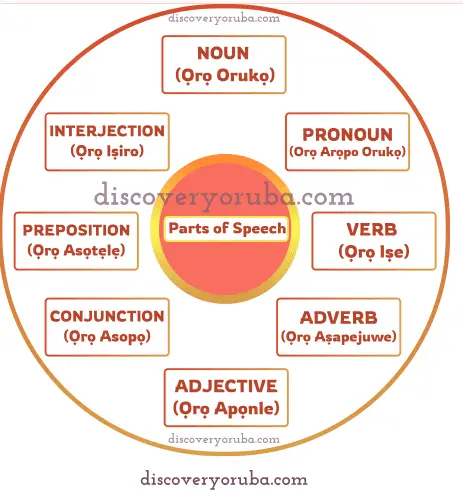
An Image showing the Parts of Speech in Yorùbá
Sentence Structure in Yorùbá Grammar
In Yorùbá, constructing sentences follows a unique pattern. A basic Yorùbá sentence follows this pattern: Subject + Verb + Object (SVO). This means that the subject comes first, followed by the verb, and then the object. Understanding this pattern will help in forming basic sentences in Yorùbá. For example:
1. Mo ra iwe. → (I bought a book.)
Mo (I) – Subject
ra (bought) – Verb
iwe (book) – Object
2. Wọ́n kọ́ ilé. → (They built a house.)
Wọ́n (They) – Subject
kọ́ (built) – Verb
ilé (house) – Object
3. Baba mu omi. → (Father drank water.)
Baba (Father) – Subject
mu (drank) – Verb
omi (water) – Object
4. Bọla na Aina. → (Bọla beat Aina.)
Bọla (Bọla) – Subject
na (beat) – Verb
Aina (Aina) – Object
5. A fẹ́ ounjẹ. → (We want food.)
A (We) – Subject
fẹ́ (want) – Verb
ounjẹ (food) – Object
6. Ọmọ yẹn kọrin Oyinbo. → (That child sang an English song.)
Ọmọ yẹn (That child) – Subject
kọrin (sang) – Verb
Oyinbo (English song) – Object
Emphasis and Flexibility in Yorùbá Sentence Structure
Yorùbá grammar allows for some flexibility in word order, especially for emphasis or clarity. Rearranging the sentence to place the object at the front can emphasize what is being discussed. Yorùbá speakers often use this structure to clarify or highlight a specific part of the sentence.
Here are some examples:
1. A ra aṣọ. → (We bought clothes.)
Emphasised version: Aṣọ la ra. → (It is clothes that we bought.)
2. Wọ́n kọ́ ilé. → (They built a house.)
Emphasised version: Ilé ni wọ́n kọ́. → (It is a house that they built.)
3. Iya mu omi. → (Mother drank water.)
Emphasised version: Omi ni Iya mu. → (It is water that Mother drank.)
4. Ọmọ naa kọrin. → (The child sang a song.)
Emphasised version: Orin ni ọmọ naa kọ. → (It is a song that the child sang.)
5. Bọla na Aina. → (Bọla beat Aina.)
Emphasised version: Aina ni Bọla na. → (It is Aina that Bọla beats.)
This structure allows for clearer communication and highlights important elements within a sentence, making it easier for listeners to understand the intended meaning.
If you enjoyed this post on Yorùbá Grammar, be sure to check out the next part, where we delve deeper into “Yorùbá Tenses” and “Negative Sentences in Yorùbá.” In the continuation, we’ll explore more examples, provide practical tips, and uncover fascinating insights to enhance your understanding of Yorùbá Grammar. Subscribe to stay updated with us so you won’t miss the next part and continue your learning journey!
References:
1. Bamgbose, Ayo. A Grammar of Yorùbá.
2. Awobuluyi, Oladele. Studies in Yorùbá Grammar.
3. UNESCO Language Documentation Project.
4. Yorùbá Grammar Made Easy” by Adewale Adejumo.
5. Understanding Yorùbá Language” by Kemi Adesina

